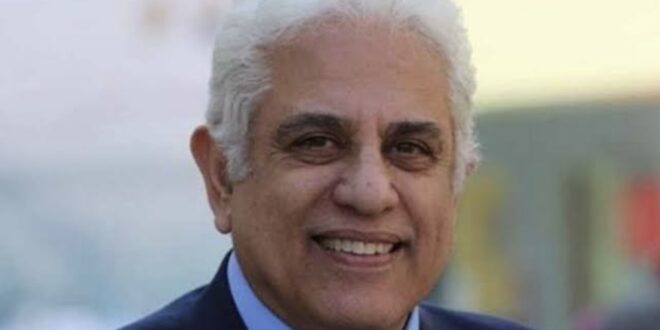Prof. Hossam Badrawi, a prominent physician, a well-known politician, and former head of the OB/GYN department in Cairo University’s Medical School, reflects on the emerging neurofeedback technique and its benefits.
Neurofeedback, also known as EEG biofeedback, is an innovative technique that helps individuals train their brain activity using real-time feedback. Grounded in the science of neuroplasticity, it encourages the brain to self-regulate, enhance its functions, and reduce symptoms linked to various neurological and psychological conditions.
What Is Neurofeedback?
Neurofeedback is a noninvasive method that tracks brainwave activity using electroencephalography (EEG). Sensors placed on the scalp detect brainwaves, which are then converted into visual, auditory, or tactile feedback—often through games, sounds, or animations. As the brain responds to this feedback, it begins recognising and adjusting its patterns.
With consistent feedback and reinforcement, the brain gradually shifts toward more balanced and efficient activity patterns. For example, someone with excess theta waves—typically associated with daydreaming or poor attention—can train their brain to reduce those waves and boost beta waves, which are linked to focus and alertness.
Applications and Benefits
Neurofeedback has shown promise across a range of areas, including:
- ADHD and Attention Disorders: Enhances focus, extends attention span, and reduces impulsivity.
- Anxiety and Depression: Helps calm the nervous system and regulate emotional responses.
- Sleep Disorders: Trains the brain to reach relaxed states conducive to better sleep.
- Epilepsy: In some cases, it helps lower the frequency of seizures.
- Peak Performance: Used by athletes, musicians, and executives to sharpen mental clarity, focus, and creativity.
Why It Matters
What makes neurofeedback so compelling is that it puts individuals in charge of their own mental health. It’s drug-free and personalised. It also taps into the brain’s natural ability to learn and adapt.
In a world that constantly pulls us in a thousand directions, neurofeedback offers a way to reconnect with and regain control over our most powerful tool: the brain.
Neurofeedback is gradually finding its place in classrooms as educators discover its potential to boost learning and emotional regulation. It’s being used in schools to support students with attention challenges, learning differences, and behavioral issues. By helping students learn how to self-regulate their brain activity, neurofeedback can enhance focus, reduce anxiety, and promote better engagement in class.
Some schools have reported notable improvements in academic performance, emotional resilience, and peer interactions following regular neurofeedback sessions. It also offers a non-pharmacological approach to managing conditions like ADHD, giving children an empowering alternative to medication.
Neurofeedback and Wellness Coaching
In wellness coaching, neurofeedback is becoming a valuable addition to holistic mind-body practices. Coaches and practitioners use it to help clients tune into their mental states, reduce stress, and find a greater sense of balance.
It supports mindfulness and emotional stability and boosts creative flow, making it a powerful tool for personal growth and development. When combined with traditional coaching techniques, neurofeedback can accelerate progress, deepen self-awareness, and foster lasting transformation. It bridges the often-elusive gap between mind and body, empowering individuals to own their inner experience.
Neurofeedback sits at the crossroads of neuroscience, technology, and wellness. As research continues to evolve, so does its potential. Whether used for clinical treatment or to unlock peak performance, neurofeedback opens a window into the brain’s remarkable ability to listen, learn, and change.
 Dr. Hossam Badrawi Official Website
Dr. Hossam Badrawi Official Website


